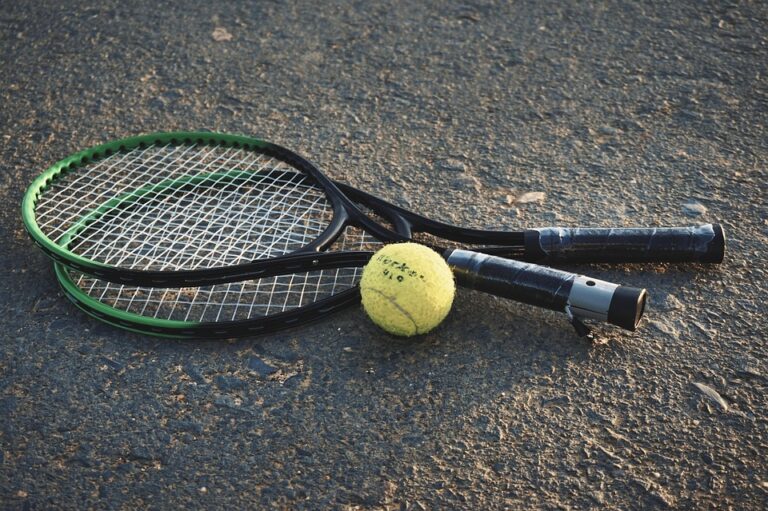The Rise of Pickleball: A New Era in Sports

Pickleball, a sport that once sounded like a quirky backyard game, has rapidly emerged as a beloved pastime for millions across the globe. Combining elements of tennis, badminton, and ping-pong, it offers a unique and engaging experience for players of all ages.
Its rise in popularity has not only changed the landscape of recreational sports but has also inspired a new community of enthusiasts celebrating its accessible yet competitive nature.
The Origins of Pickleball
The story of pickleball begins in the summer of 1965 on Bainbridge Island, Washington. Three dads—Joel Pritchard, Bill Bell, and Barney McCallum—sought to invent a new game to entertain their families. With limited equipment at their disposal, they improvised with a badminton court, a perforated plastic ball, and paddles made from plywood.
What started as a simple solution to family boredom quickly evolved into a structured sport with its own set of rules and dedicated following.
Why Pickleball Appeals to So Many
One of the key reasons for pickleball’s explosive growth is its accessibility. Unlike many other sports, pickleball is easy to learn but challenging to master. The rules are straightforward enough for beginners, yet the strategic depth keeps seasoned players engaged.
The smaller court size compared to tennis means players have less distance to cover, making it easier on the joints and appealing to older athletes or those recovering from injuries.
A Sport for All Ages
Pickleball’s inclusivity is another factor that contributes to its widespread appeal. The sport attracts players from all age groups, creating an intergenerational community where grandparents, parents, and children can play together.
This unique ability to bridge generational gaps fosters a sense of unity and shared enjoyment, making pickleball not just a sport but a family activity that promotes togetherness.
The Social Aspect
Beyond the physical gameplay, pickleball is celebrated for its social nature. Most games are played in doubles, encouraging teamwork and communication. It’s common for pickleball sessions to end in laughter and friendly banter, with many players forming lasting friendships on the court.
Community centers, parks, and recreational facilities have become hubs for pickleball enthusiasts, further enhancing the sport’s community spirit.
The Role of Technology in Pickleball’s Growth
In the digital age, technology has played a significant role in pickleball’s rise. Social media platforms have allowed players to share their experiences, tips, and tricks with a global audience, spreading awareness and interest in the sport.
Online tutorials and virtual games have made it easier for newcomers to learn the ropes and find local courts and leagues.
Innovative Equipment
Advancements in equipment have also propelled pickleball’s popularity. Modern paddles are made from high-tech materials like graphite and composite, enhancing performance and durability. The development of specialized pickleball shoes and apparel caters to the sport’s specific demands, improving safety and comfort for players.
The Competitive Scene
While pickleball remains a favorite recreational activity, its competitive scene has flourished. Tournaments at local, national, and international levels draw talented players eager to test their skills. The USA Pickleball Association (USAPA) and similar organizations worldwide have established official rules and rankings, legitimizing the sport and paving the way for its potential inclusion in future multi-sport events like the Olympics.
The Professional Circuit
The emergence of a professional circuit has further elevated pickleball’s status. Professional players now have opportunities to compete for significant prize money and endorsements. This professionalization has attracted younger athletes seeking new career paths and inspired a new generation of pickleball champions.
The Future of Pickleball
As pickleball continues its upward trajectory, its future looks bright. The sport’s ability to adapt and grow with its community is a testament to its resilience and appeal. New initiatives, such as youth programs and adaptive pickleball for individuals with disabilities, ensure that the sport remains inclusive and accessible.
Global Expansion
Pickleball’s reach is no longer confined to North America. Countries in Europe, Asia, and beyond are embracing the sport, establishing clubs and hosting international tournaments. This global expansion not only increases the sport’s visibility but also fosters cultural exchange and mutual understanding among pickleball communities worldwide.
Conclusion: A Sport for the Modern Age
The rise of pickleball is a fascinating example of how a simple idea can transform into a global phenomenon. Its blend of accessibility, competitiveness, and community spirit makes it ideal for the modern age, where people seek meaningful connections and healthful activities. As more individuals discover the joy of pickleball, its impact on sports culture and society will only continue to grow.
Whether you’re a seasoned athlete or a newcomer looking for a fun and engaging way to stay active, pickleball offers something truly special.
In the end, pickleball is more than just a game—it’s a movement that celebrates the joy of play, the spirit of community, and the thrill of competition. So grab a paddle and join the fun; the world of pickleball awaits!






